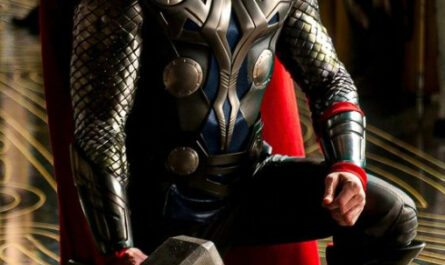Few films have left as indelible a mark on popular culture as David Fincher’s “Fight Club.” Released in 1999, this cult classic starring Brad Pitt and Edward Norton is celebrated for its gritty portrayal of rebellion against societal norms. Over the years, however, both fans and critics have engaged in discussions about aspects of the film that might have been handled differently. While Brad Pitt has not explicitly detailed his reflections on specific elements of “Fight Club,” various comments from him and other contributors to the film provide insights into potential areas for improvement or recontextualization. In this comprehensive exploration, we’ll delve into these points of reflection and consider how they contribute to the ongoing discourse surrounding the film.
Character Portrayal: Tyler Durden’s Hyper-Masculinity
At the core of “Fight Club” is the enigmatic character Tyler Durden, portrayed with intensity by Brad Pitt. While Tyler resonated with audiences as the embodiment of anti-establishment rebellion, recent scrutiny has been cast on the character’s hyper-masculinity. Pitt himself has acknowledged that certain aspects of Tyler may warrant reconsideration in light of evolving cultural perspectives. We’ll explore the nuances of Tyler’s character and how it fits into the broader discussion on toxic masculinity in cinema.
Social Commentary: The Film’s Anti-Consumerist Message
“Fight Club” is renowned for its scathing critique of consumerism, a theme that remains relevant in contemporary society. However, some argue that the film could have delved deeper into the root causes of alienation and dissatisfaction. We’ll analyze the anti-consumerist message of “Fight Club” and examine whether a more profound exploration of societal discontent would have added layers to the film’s social commentary.
The Depiction of Violence: Graphic Scenes and Ethical Questions
The film’s iconic fight scenes, characterized by their graphic intensity, have become emblematic of “Fight Club.” Yet, some viewers find them unnecessarily brutal, raising questions about the potential glorification of violence. We’ll unpack the ethical dimensions of the film’s violent portrayal and explore whether a more nuanced approach to these scenes could have preserved impact without compromising sensitivity.
Narrative Choices: Unreliable Narrators and Ambiguous Endings
One of the film’s narrative strengths lies in its use of an unreliable narrator, adding an element of mystery to the storyline. However, Tyler Durden’s unreliability can be frustrating for viewers seeking clarity. We’ll delve into the artistic choices behind the unreliable narrator and the ambiguous ending, exploring whether alternative narrative approaches could have struck a different balance between intrigue and clarity.
Overall Tone: Dark Humor and Sensitivity
“Fight Club” is renowned for its dark humor, a stylistic choice that has become a trademark of the film. However, some viewers find it jarring or insensitive, particularly considering the weighty themes explored. We’ll examine the role of dark humor in “Fight Club” and discuss whether a more measured tonal approach might have enhanced the film’s accessibility without diluting its impact.
Director’s Perspective: David Fincher’s Reservations
While Brad Pitt’s reflections provide valuable insights, it’s crucial to consider the director’s perspective. David Fincher, the visionary behind “Fight Club,” has expressed reservations about revisiting the film. We’ll explore Fincher’s comments on why he feels a sequel or remake is unnecessary and how the cultural landscape has evolved since the film’s release.
Conclusion: Imperfections as a Source of Impact
In the final analysis, the question of whether “Fight Club” could have been done better is subjective. The film’s imperfections contribute to its complexity, making it a thought-provoking canvas for interpretation. Brad Pitt’s reflections, combined with insights from other creators, offer a nuanced understanding of the film’s potential areas for improvement. Ultimately, “Fight Club” remains a cinematic tour de force that continues to spark conversations and debates, a testament to its enduring power and relevance in the cultural landscape.



